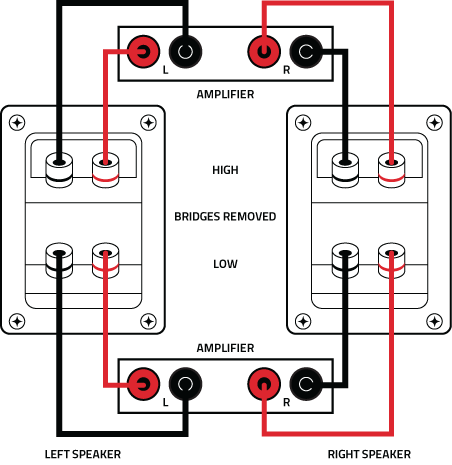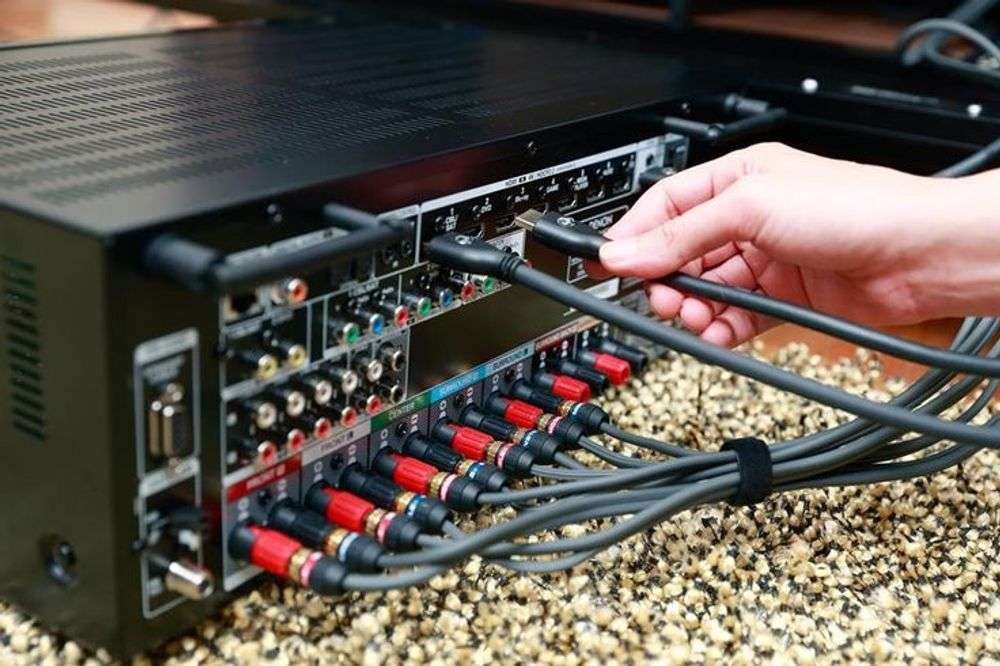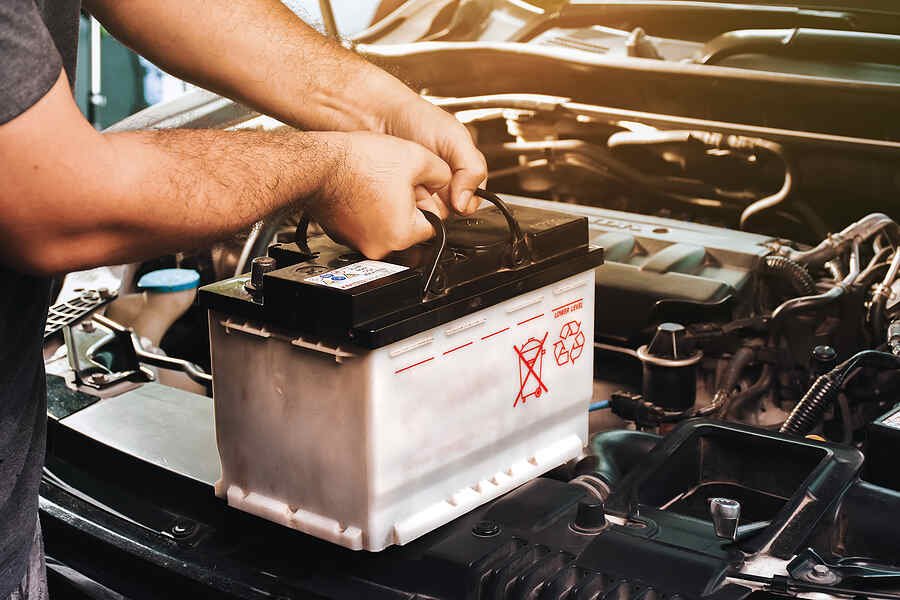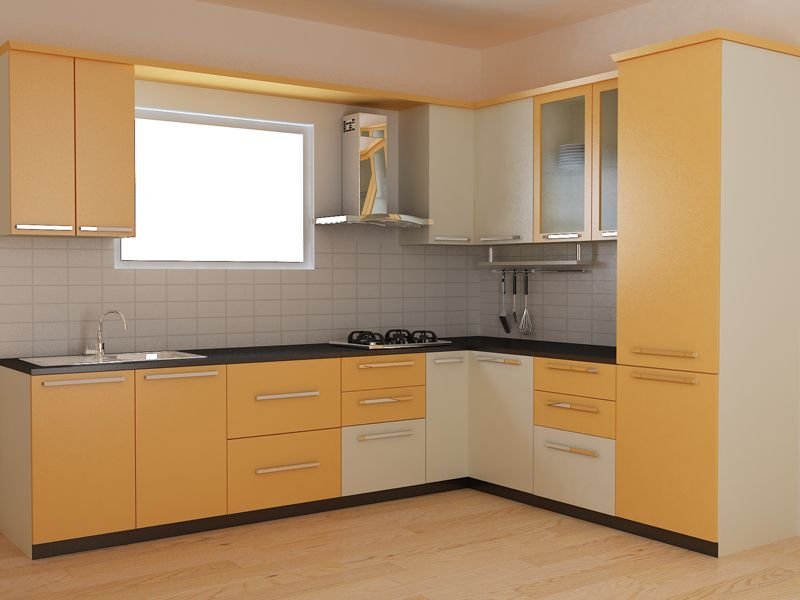One of the most important factors to consider when installing or redesigning a home theatre is home theatre wiring. One of the most critical components of home theatre design is ensuring that the wiring is connected securely, accurately, and discreetly, whether you have your home theatre professionally built or opting for a DIY adventure for your entertainment room.
So, how do you put a home theatre system together? The device you’re using will determine how you connect to a home entertainment system.
We’ll show you how to wire your home entertainment system so you can have a better understanding of the procedure and protect your joints’ safety.
Also Read: 8 Best Home theatre Power Managers [Engineer’s Choice]
How to Do Wiring a Home Theater System
You’re so busy at work that you don’t have time to take your family to the movies? Then, choosing a family-scale miniature theatre is a fantastic idea.
The following are the steps to wire a home theatre:
Prepare Your Tools
You must make a detailed list of your family’s equipment to locate the appropriate tools. This method can help you save money on various marginal expenditures.
We objectively compile data, including certain particular preparation techniques. Perhaps it will be of interest to you.
HDMI: The HDMI port is an important connector to pay attention to when connecting modern audio-visual equipment such as a projector or a speaker.
DVI: A DVI connection is a device that allows us to connect a high-quality video interface to other connected devices to deliver a dark interactive signal.
Plug: The round pin jack method is unavoidable in this part. It transmits sound and visual quality to provide us with the finest possible experience.
Composite: It’s the must-have accessory for flawless video reproduction and transmission.
Scart: Scart serves as a conduit for audio and video transmissions.
VGA: We may link the laptop to other projection devices via VGA.
Optical audio: Optical audio is a professional device that allows you to send audio from your phone or computer to a speaker.
Coaxial audio: A typical method of providing flawless digital audio signals to receiving devices is through coaxial connections.
Stereo RCA: It’s the best option for connecting and transmitting high-quality stereo sound.
RCA Connections: Surround-related pairs are completely supported by RCA connections.
Mini TRS jack: Stereo audio transmission is possible with this device.
Speaker Wire: Speaker wire can connect an audio amplifier to surround or stereo speakers.
Select the Appropriate Wiring Hardware
You may completely rely on the characteristics of the devices you’re utilizing to determine their ability to correctly couple with the wiring. The audio amplifier is the piece of hardware you’ll need to pick.
You can pick a wire with the right resistance based on the device’s specs. Furthermore, in addition to assuring the speaker’s load with the audio amplifier, you must select a wire with a resistance less than a percentage of the diffuser’s rating.
For example, suppose you’re putting together a home theatre system with a 5.1 amplifier and speakers rated at 8 ohms. So choosing a wire with a resistance of fewer than 0.4 ohms will assist. It’s the only method to ensure that your sound is accurately relayed to the transmitter.
Aside from that, the length of the wire is another topic that we receive a lot of inquiries about. According to music specialists, the connecting wire we use should not be longer than 50 feet.
The Ideal Wiring Configuration for a Home Theatre
The way you wire your home theatre is crucial to the whole experience. It would be beneficial to limit everything to reduce the risk of a fire in that comfortable place. You should keep the following elements in mind while planning your arrangement:
Speaker cables should be built and organized carefully. If pulled too tight, they will likely drag down your equipment. Do not use an extension cord to connect one end of the room.

We recommend employing safety hooks, lanyards, and cable management solutions to guarantee that your system remains stable after deployment.
Reduce the overlapping and overlapping of wires. It can potentially degrade both the signal and the sound and image quality.
At the same time, this procedure guarantees optimum wire stability for optimal performance. Furthermore, you should avoid overbending the system’s cables since this may weaken the audio transmission, resulting in poor home theatre quality.
Check the Connection Once More
After all the pairings have been completed, you must finish the operation and assess the pairing quality. Finally, check to determine whether all plugs have been properly installed.
Also, remember to verify your power supply type; the stability of the power source allows your gadgets to perform more effectively and efficiently.
Disconnect the power and re-check where the issue is when the power is on, and you don’t receive any response from your gadget. Your connections may not be compatible, preventing them from connecting to work.
Mistakes to Avoid While Home Theatre Wiring
Up to 80% of persons with prior knowledge of theatre settings commit the most common error. This significant value indicates the user’s placement and wiring abilities. You will become much more discriminating after reading this material.
- Select the appropriate speaker cable.
- Don’t overspend on your relationships.
- Pay attention to the HDMI features on your cable.
- The best way to protect your system is to use active HDMI cables.
- Heat rises to the top.
- Ventilation is required.
A Few Points to Keep in Mind While Home Theatre Wiring
You may not realize it, but knowing how to implement some suggestions below will make your pairings more convenient.
You can rely on these suggestions since they are solely based on user feedback or advice from recognized experts.
- Positive and negative conductors should be understood.
- Making use of a drawstring tool
- Speakers with fasteners or spring clamps
- Planning the speaker arrangement
- Think about the distance.
- Wire hiding
Conclusion
We hope that the given information on creating home theatre systems will assist you in getting a complete and accurate picture of the situation.
The home theatre system is more than just a source of family enjoyment. It also has many other significant implications. Most importantly, we advise selecting and constructing them.
Try it out and tell us what you think though comment or our readers can !















